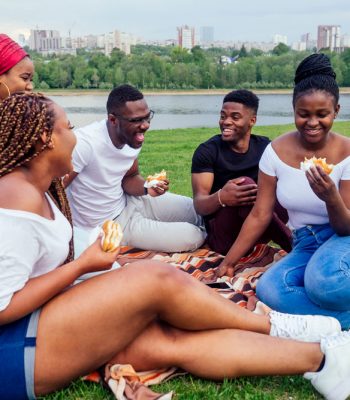Join the Diversity & Inclusion Movement with Black Community

Exclusive Insights, Resources, and Career Opportunities

Having trouble viewing our digital magazine?
There’s more to maintaining a healthy heart than just eating right and exercising regularly. While these practices play an important role…
Implementing a DEI plan is one of the best strategies you can take as a boss, manager or business owner. Increased…
Explore Diverse Topics
By Lori Pugh-I’ve spent most of my professional career in the high-tech field, surrounded by predominantly male leadership. While I will…
By Cara Anthony, NPR-When Ashlee Wisdom launched an early version of her health and wellness website, more than 34,000 users —…
As the spring semester begins, one of the biggest…
Watch Below: Explore Exciting Career Opportunities at Leidos
SUBSCRIBE TO THE DIGITAL NEWSLETTER
Get access to a plethora of opportunities and stay informed on the latest news and events relevant to the African American community.



